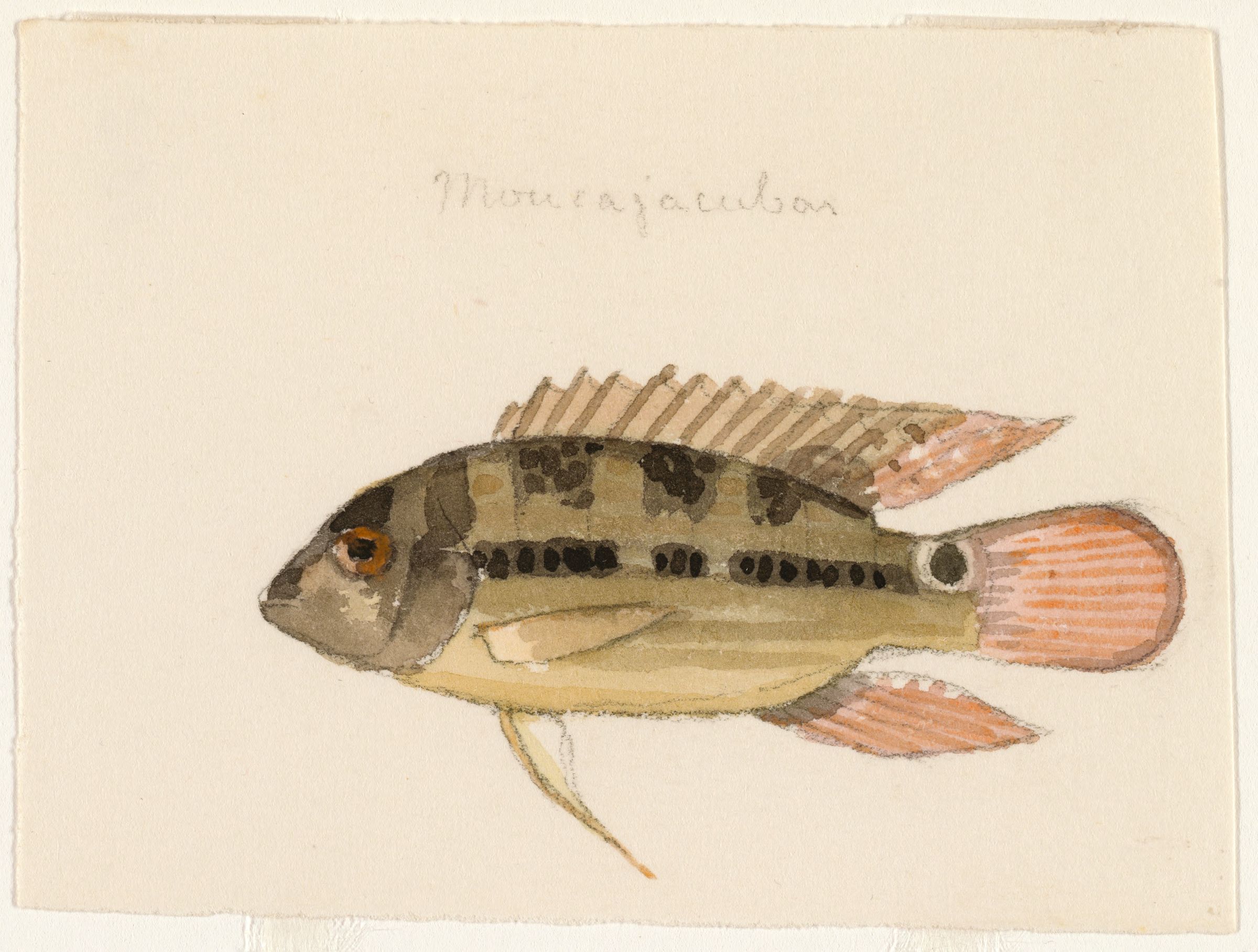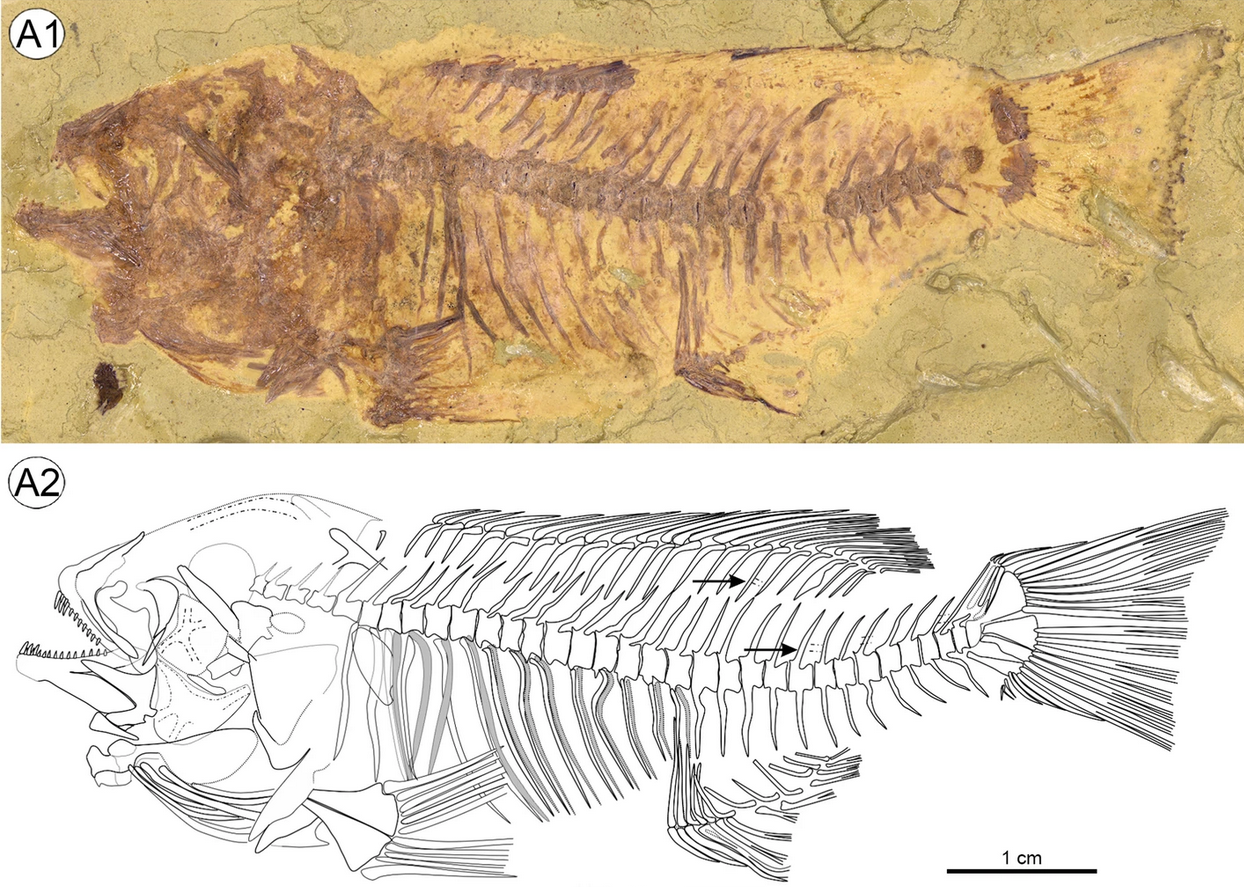|
Lestradea
''Lestradea'' is a genus of East African cichlids from the Lake Tanganyikan endemic tribe Ectodini. Characteristics The species in ''Lestradea'' have a spindle-shaped, elongated body which is 3.5-4 times longer than it is high. Their dorsal fin has 13-16 spines and 13-16 rays, while the anal fin has 3 spines and 9-11 rays. The outermost ray in the ventral fins is elongated. They have two lateral lines. They have silvery coloured bodies, with sexually mature males having black throat and ventral fins. They grow to a total length of . The specific name honours Arthur Lestrade (1897-1990), who collected the type of the type species of this genus as part of an important series of fishes he collected from Lake Tanganyika for the Royal Museum of Central Africa. Species There are two species in the genus: * '' Lestradea perspicax'' Poll, 1943 * '' Lestradea stappersii'' (Poll Poll, polled, or polling may refer to: Forms of voting and counting * Poll, a formal election ** Electio ... [...More Info...] [...Related Items...] OR: [Wikipedia] [Google] [Baidu] |
Lestradea Stappersii
''Lestradea stappersii'' is a species of cichlid endemic to Lake Tanganyika where it occurs in the southern portion of the lake. It prefers areas with sandy substrates where it searches for microorganisms in ooze pockets in the sand. This species can reach a length of TL. It can also be found in the aquarium An aquarium (: aquariums or aquaria) is a vivarium of any size having at least one transparent side in which aquatic plants or animals are kept and displayed. fishkeeping, Fishkeepers use aquaria to keep fish, invertebrates, amphibians, aquati ... trade. References Fish of Zambia stappersii Endemic fauna of Zambia Taxa named by Max Poll Fish described in 1943 Taxonomy articles created by Polbot {{Pseudocrenilabrinae-stub ... [...More Info...] [...Related Items...] OR: [Wikipedia] [Google] [Baidu] |
Lestradea Perspicax
''Lestradea perspicax'' is a species of cichlid endemic to Lake Tanganyika where it occurs in shallow waters over sandy substrates in the northern portion of the lake. This species can reach a length of TL. It can also be found in the aquarium An aquarium (: aquariums or aquaria) is a vivarium of any size having at least one transparent side in which aquatic plants or animals are kept and displayed. fishkeeping, Fishkeepers use aquaria to keep fish, invertebrates, amphibians, aquati ... trade. References perspicax Taxa named by Max Poll Fish described in 1943 Taxonomy articles created by Polbot {{Pseudocrenilabrinae-stub ... [...More Info...] [...Related Items...] OR: [Wikipedia] [Google] [Baidu] |
Cichlid Genera
Cichlids () are a large, diverse, and widespread family of percomorph fish in the family Cichlidae, order Cichliformes. At least 1,760 species have been scientifically described, making it one of the largest vertebrate families, with only the Cyprinidae being more speciose. New species are discovered annually, and many species remain undescribed. The actual number of species is therefore unknown, with estimates varying between 2,000 and 3,000. They are native to the Neotropics, Africa (including Madagascar), the Middle East, and the Indian subcontinent, although some species have been introduced worldwide. Many cichlids, particularly tilapia, are important food fishes, while others, such as the '' Cichla'' species, are valued game fish. The family also includes many popular freshwater aquarium fish kept by hobbyists, including the angelfish, oscars, and discus. Cichlids have the largest number of endangered species among vertebrate families, most in the haplochromi ... [...More Info...] [...Related Items...] OR: [Wikipedia] [Google] [Baidu] |
Cichlids
Cichlids () are a large, diverse, and widespread family of Percomorpha, percomorph fish in the family (biology), family Cichlidae, order Cichliformes. At least 1,760 species have been Binomial nomenclature, scientifically described, making it one of the largest vertebrate families, with only the Cyprinidae being more speciose. New species are discovered annually, and many species remain Undescribed taxon, undescribed. The actual number of species is therefore unknown, with estimates varying between 2,000 and 3,000. They are native to the Neotropics, Africa (including Madagascar), the Middle East, and the Indian subcontinent, although some species have been introduced worldwide. Many cichlids, particularly tilapia, are important food fishes, while others, such as the ''Cichla'' species, are valued game fish. The family also includes many popular freshwater aquarium fish fishkeeping, kept by hobbyists, including the freshwater angelfish, angelfish, Astronotus ocellatus, oscar ... [...More Info...] [...Related Items...] OR: [Wikipedia] [Google] [Baidu] |
Ectodini
Ectodini is a tribe of cichlids that are endemic to Lake Tanganyika in East Africa. They live in the benthic zone. Most of the genera in this tribe are monotypic. These fishes show diverse morphology and behaviour and the tribe includes taxa which live in sandy, muddy and rocky habitats. Genera The following genera are classified in the tribe Ectodini: * '' Aulonocranus'' Regan, 1920 * '' Callochromis'' Regan, 1920 * '' Cardiopharynx'' Poll Poll, polled, or polling may refer to: Forms of voting and counting * Poll, a formal election ** Election verification exit poll, a survey taken to verify election counts ** Polling, voting to make decisions or determine opinions ** Polling pla ..., 1942 * '' Cunningtonia'' Boulenger, 1906 * '' Cyathopharynx'' Regan, 1920 * '' Ectodus'' Boulenger, 1898 * '' Grammatotria'' Boulenger, 1899 * '' Lestradea'' Poll, 1943 * '' Ophthalmotilapia'' Pellegrin, 1904 * '' Xenochromis'' Boulenger, 1899 * '' Xenotilapia'' Boulenger, 1899 References ... [...More Info...] [...Related Items...] OR: [Wikipedia] [Google] [Baidu] |
Specific Name (zoology)
In zoological nomenclature, the specific name (also specific epithet, species epithet, or epitheton) is the second part (the second name) within the scientific name of a species (a binomen). The first part of the name of a species is the name of the genus or the generic name. The rules and regulations governing the giving of a new species name are explained in the article species description. For example, the scientific name for humans is ''Homo sapiens'', which is the species name, consisting of two names: ''Homo'' is the " generic name" (the name of the genus) and ''sapiens'' is the "specific name". Etymology Historically, ''specific name'' referred to the combination of what are now called the generic and specific names. Carl Linnaeus, who formalized binomial nomenclature, made explicit distinctions between specific, generic, and trivial names. The generic name was that of the genus, the first in the binomial, the trivial name was the second name in the binomial, and the ... [...More Info...] [...Related Items...] OR: [Wikipedia] [Google] [Baidu] |
Taxa Named By Max Poll
In biology, a taxon (back-formation from ''taxonomy''; : taxa) is a group of one or more populations of an organism or organisms seen by taxonomists to form a unit. Although neither is required, a taxon is usually known by a particular name and given a particular ranking, especially if and when it is accepted or becomes established. It is very common, however, for taxonomists to remain at odds over what belongs to a taxon and the criteria used for inclusion, especially in the context of rank-based (" Linnaean") nomenclature (much less so under phylogenetic nomenclature). If a taxon is given a formal scientific name, its use is then governed by one of the nomenclature codes specifying which scientific name is correct for a particular grouping. Initial attempts at classifying and ordering organisms (plants and animals) were presumably set forth in prehistoric times by hunter-gatherers, as suggested by the fairly sophisticated folk taxonomies. Much later, Aristotle, and later still ... [...More Info...] [...Related Items...] OR: [Wikipedia] [Google] [Baidu] |
Royal Museum Of Central Africa
The Royal Museum for Central Africa (RMCA) (; ; ), communicating under the name AfricaMuseum since 2018, is an ethnography and natural history museum situated in Tervuren in Flemish Brabant, Belgium, just outside Brussels. It was originally built to showcase King Leopold II's Congo Free State in the International Exposition of 1897. The museum focuses on the Congo, a former Belgian colony. The sphere of interest, however, especially in biological research, extends to the whole Congo Basin, Central Africa, East Africa, and West Africa, attempting to integrate "Africa" as a whole. Intended originally as a colonial museum, from 1960 onwards it has focused more on ethnography and anthropology. Like most museums, it houses a research department in addition to its public exhibit department. Not all research pertains to Africa (e.g. research on the archaeozoology of Sagalassos, Turkey). Some researchers have strong ties with the Royal Belgian Institute of Natural Sciences. In Nove ... [...More Info...] [...Related Items...] OR: [Wikipedia] [Google] [Baidu] |
Type Species
In International_Code_of_Zoological_Nomenclature, zoological nomenclature, a type species (''species typica'') is the species name with which the name of a genus or subgenus is considered to be permanently taxonomically associated, i.e., the species that contains the biological Type (biology), type wiktionary:en:specimen, specimen (or specimens). Article 67.1 A similar concept is used for suprageneric groups and called a type genus. In botanical nomenclature, these terms have no formal standing under the International Code of Nomenclature for algae, fungi, and plants, code of nomenclature, but are sometimes borrowed from zoological nomenclature. In botany, the type of a genus name is a specimen (or, rarely, an illustration) which is also the type of a species name. The species name with that type can also be referred to as the type of the genus name. Names of genus and family ranks, the various subdivisions of those ranks, and some higher-rank names based on genus names, have suc ... [...More Info...] [...Related Items...] OR: [Wikipedia] [Google] [Baidu] |
Type (biology)
In biology, a type is a particular specimen (or in some cases a group of specimens) of an organism to which the scientific name of that organism is formally associated. In other words, a type is an example that serves to anchor or centralizes the defining features of that particular taxon. In older usage (pre-1900 in botany), a type was a taxon rather than a specimen. A taxon is a scientifically named grouping of organisms with other like organisms, a set that includes some organisms and excludes others, based on a detailed published description (for example a species description) and on the provision of type material, which is usually available to scientists for examination in a major museum research collection, or similar institution. Type specimen According to a precise set of rules laid down in the International Code of Zoological Nomenclature (ICZN) and the ''International Code of Nomenclature for algae, fungi, and plants'' (ICN), the scientific name of every taxon is ... [...More Info...] [...Related Items...] OR: [Wikipedia] [Google] [Baidu] |
Arthur Lestrade
Arthur is a masculine given name of uncertain etymology. Its popularity derives from it being the name of the legendary hero King Arthur. A common spelling variant used in many Slavic, Romance, and Germanic languages is Artur. In Spanish and Italian it is Arturo. Etymology The earliest attestation of the name Arthur is in the early 9th century Welsh-Latin text ''Historia Brittonum'', where it refers to a circa 5th century Romano-British general who fought against the invading Saxons, and who later gave rise to the famous King Arthur of medieval legend and literature. A possible earlier mention of the same man is to be found in the epic Welsh poem ''Y Gododdin'' by Aneirin, which some scholars assign to the late 6th century, though this is still a matter of debate and the poem only survives in a late 13th century manuscript entitled the Book of Aneirin. A 9th-century Breton landowner named Arthur witnessed several charters collected in the '' Cartulary of Redon''. The Irish borrow ... [...More Info...] [...Related Items...] OR: [Wikipedia] [Google] [Baidu] |




